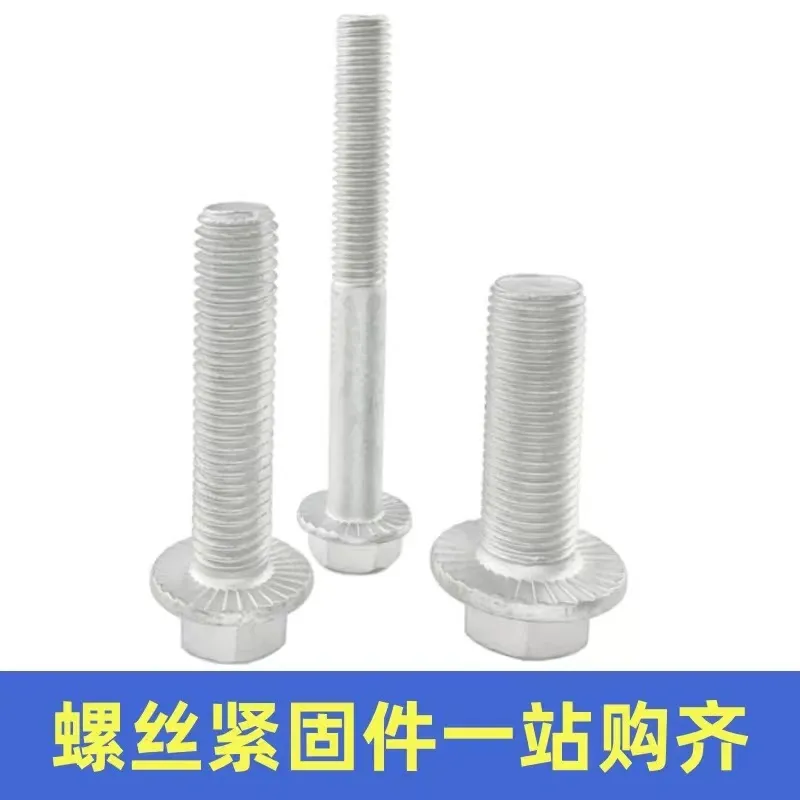

Stud Bolt Flange Applications and Benefits in Industrial Projects and Machinery Assemblies
Oct . 10, 2024 21:23 Back to list
Stud Bolt Flange Applications and Benefits in Industrial Projects and Machinery Assemblies
Understanding Stud Bolt Flanges Key Components in Mechanical Connections
In the world of mechanical engineering and construction, the integrity of connections is of paramount importance. One of the most significant components that contribute to reliable and secure connections is the stud bolt flange. This article will delve into the details of stud bolt flanges, their applications, advantages, and the factors to consider when selecting them.
What is a Stud Bolt Flange?
A stud bolt flange is an assembly that typically consists of two main components the stud bolts, which are cylindrical rods threaded at both ends, and the flange, a flat piece that provides a connection point for various mechanical structures. Flanges are often used to connect pipes, valves, pumps, and other equipment in various industrial applications, forming a tight seal to prevent leaks and ensure proper functionality.
Applications of Stud Bolt Flanges
Stud bolt flanges are widely used across several industries, including oil and gas, power generation, water treatment, and chemical processing. In these sectors, safe and efficient fluid transfer is crucial. The stud bolt flange allows for quick and efficient assembly and disassembly, which is vital during maintenance and inspections. Furthermore, stud bolt flanges can accommodate thermal expansion and contraction, making them suitable for high-temperature applications often found in power plants and refineries.
Advantages of Using Stud Bolt Flanges
1. Strength and Reliability Stud bolts provide high tensile strength, ensuring that the bolted joint can withstand significant loads and pressures. This characteristic is especially important in applications where vibration and dynamic forces are present.
2. Ease of Installation The design of stud bolt flanges simplifies the installation process. They can be quickly bolted together using simple tools and do not require special skills or training, making them convenient for onsite assembly.
3. Versatility Stud bolt flanges come in various sizes and configurations, allowing for flexibility in design and application. They can be customized according to the specific requirements of a project, accommodating different pipe diameters, pressures, and temperatures.
stud bolt flange

4. Corrosion Resistance Many stud bolt flanges are made from stainless steel or other corrosion-resistant materials, ensuring durability and longevity in harsh environments. This is particularly beneficial in industries like oil and gas, where exposure to corrosive substances is common.
Factors to Consider When Choosing Stud Bolt Flanges
When selecting stud bolt flanges for a specific application, several factors must be taken into account to ensure optimal performance
1. Material Compatibility The materials used for the stud bolts and flanges should be compatible with the media being transported. Consideration of factors such as temperature, pressure, and corrosion potential is essential.
2. Load Requirements Understanding the load-bearing requirements of the application will help in selecting the right size and type of stud bolts and flanges. Overestimating or underestimating load requirements can lead to connection failures.
3. Gasket Selection A gasket is often placed between flanges to create a seal. The material and design of the gasket should be compatible with the service conditions to prevent leakage.
4. Standards and Codes Adherence to industry standards and regulations is critical when selecting stud bolt flanges. Understanding which codes apply to a given project can help ensure safety and reliability.
Conclusion
Stud bolt flanges play an essential role in various industrial applications, providing safe and reliable connections for mechanical systems. Their strength, ease of installation, and versatility make them a preferred choice for many engineers and maintenance professionals. By carefully considering the factors related to their selection and application, businesses can enhance the efficiency and safety of their operations, ensuring that their systems run smoothly for years to come. When investing in these critical components, understanding their capabilities and suitable applications will ultimately lead to a more robust and efficient mechanical setup.
Latest news
-
High-Strength Hot-Dip Galvanized Bolts-Hebei Longze|Corrosion Resistance&High Strength
NewsJul.30,2025
-
Hot Dip Galvanized Bolts-Hebei Longze|Corrosion Resistance&High Strength
NewsJul.30,2025
-
Hot Dip Galvanized Bolts - Hebei Longze | Corrosion Resistance, High Strength
NewsJul.30,2025
-
High-Strength Hot Dip Galvanized Bolts-Hebei Longze|Corrosion Resistance, Grade 8.8
NewsJul.30,2025
-
Hot Dip Galvanized Bolts-Hebei Longze|Corrosion Resistance,High Strength
NewsJul.29,2025
-
High-Strength Hot Dip Galvanized Bolts - Hebei Longze Metal Products Manufacturing Co., Ltd.|corrosion resistance&high strength
NewsJul.29,2025

